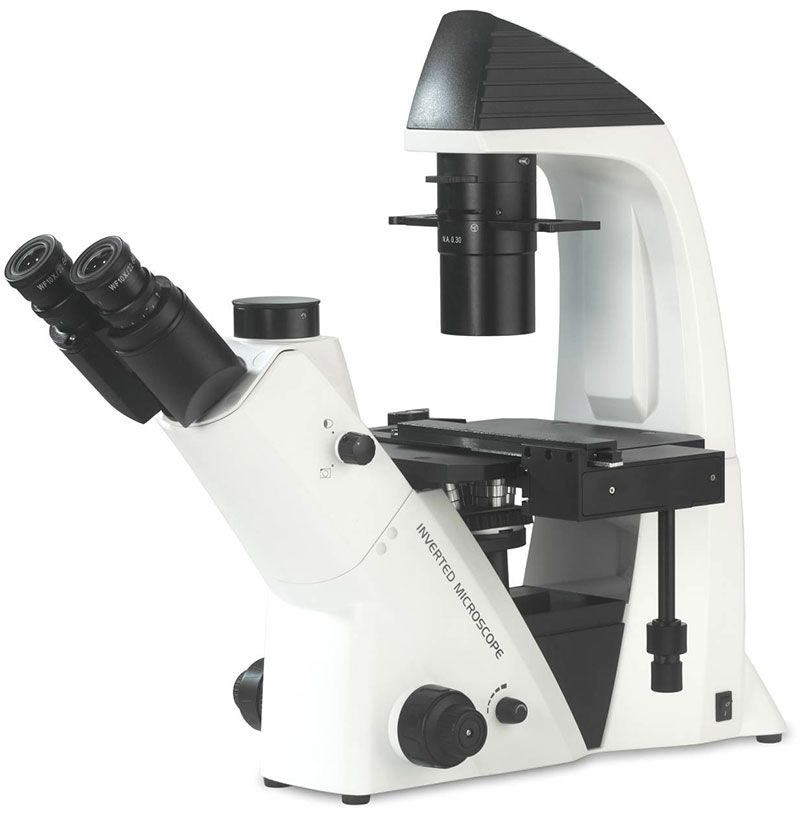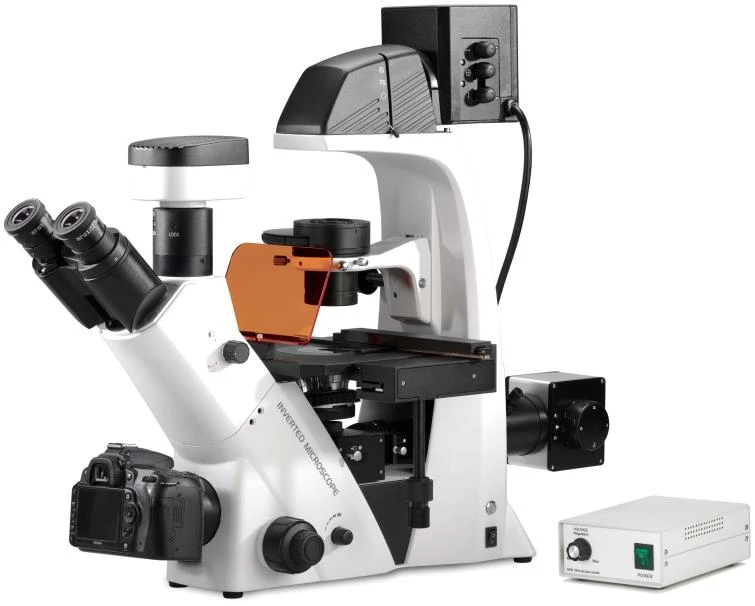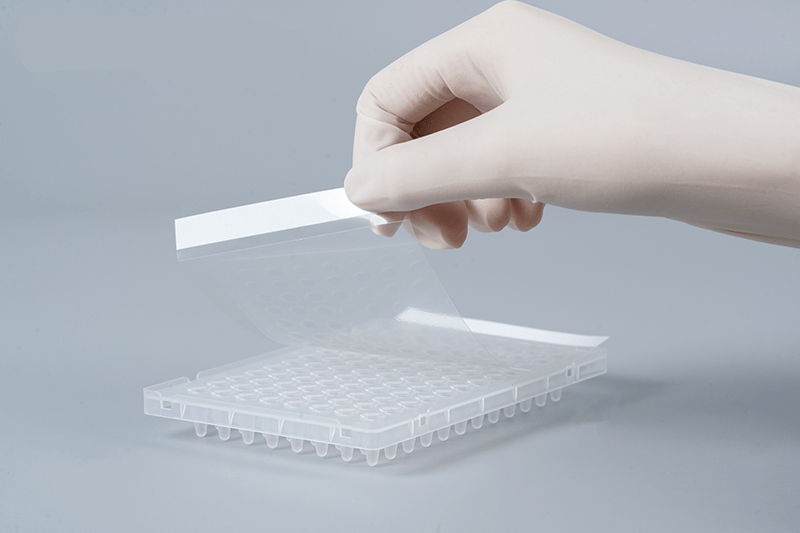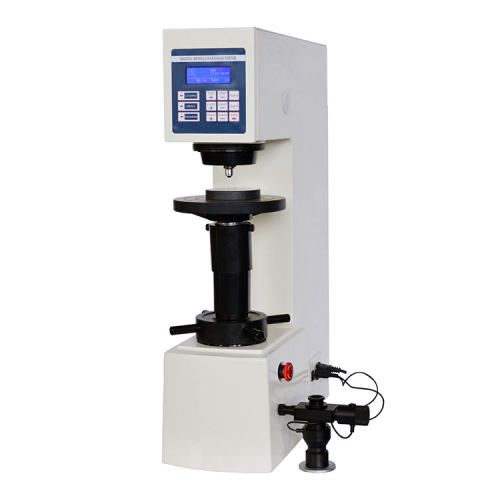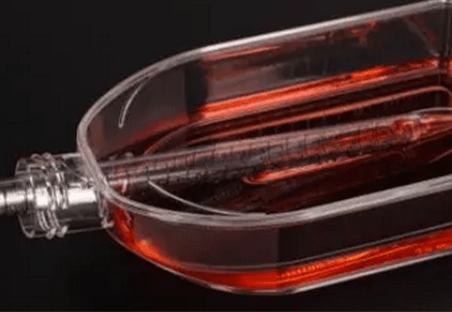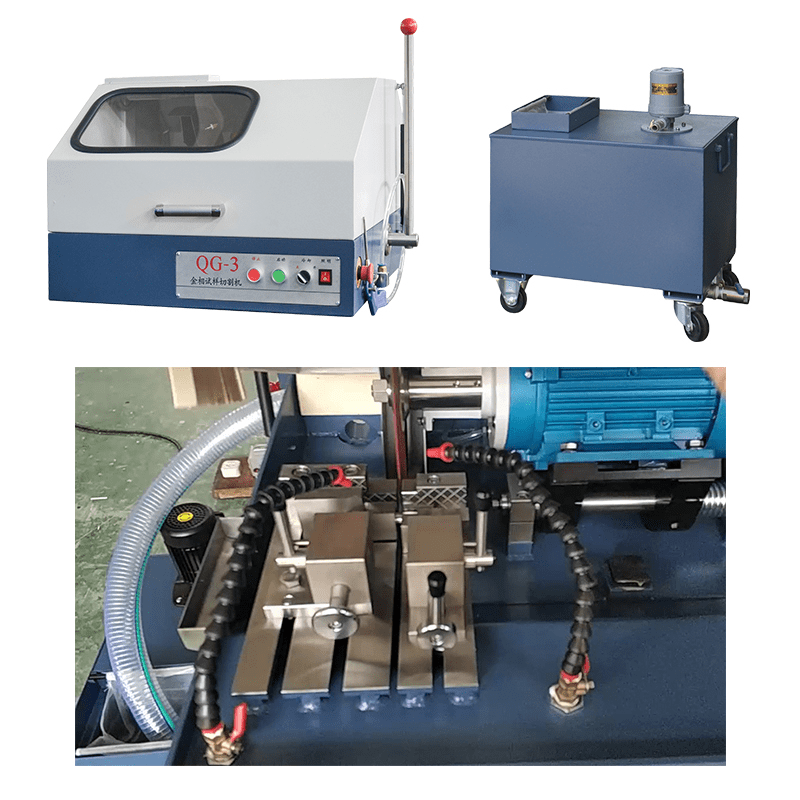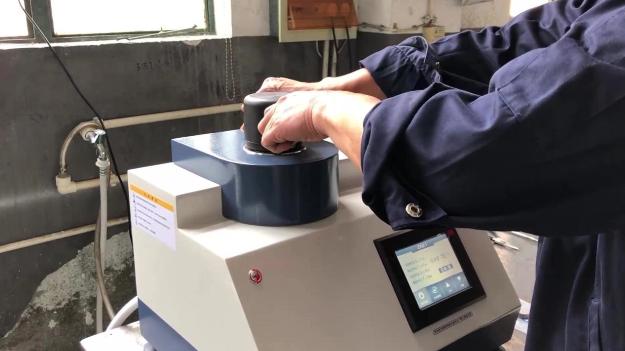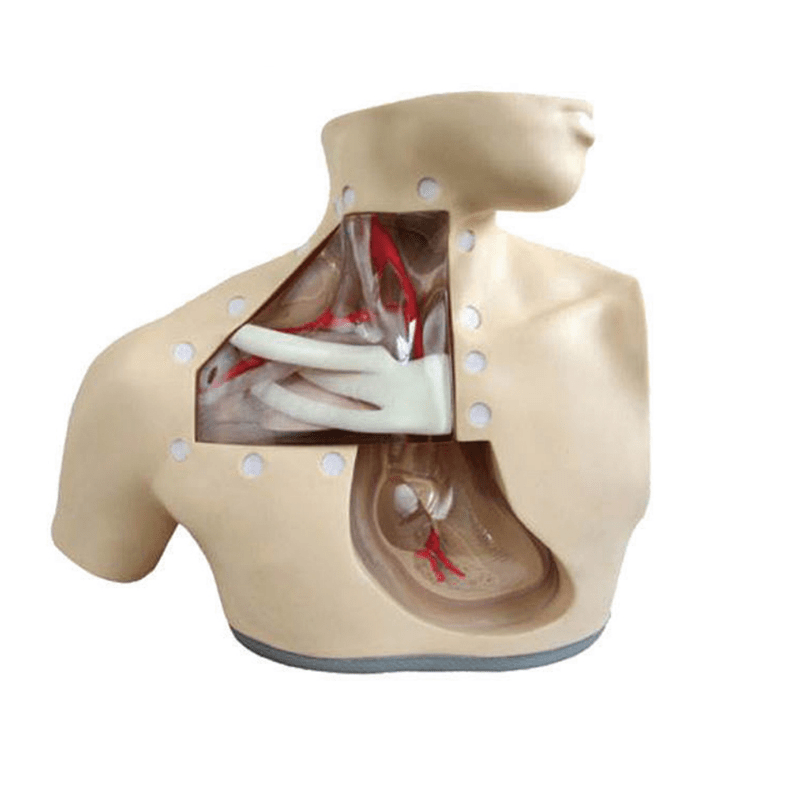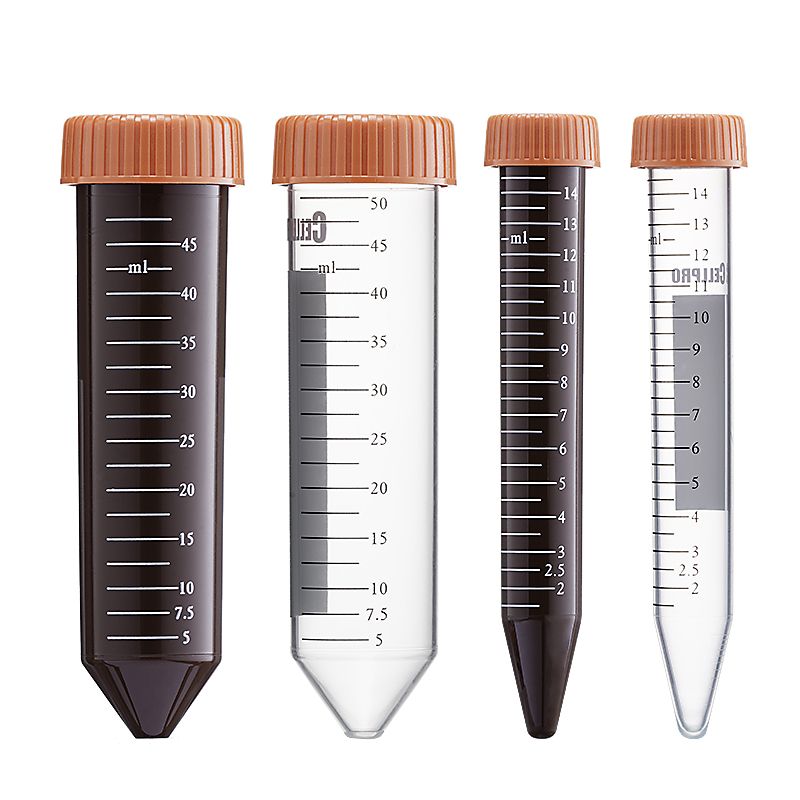This website uses cookies so that we can provide you with the best user experience possible. Cookie information is stored in your browser and performs functions such as recognising you when you return to our website and helping our team to understand which sections of the website you find most interesting and useful.
The inverted biological microscope‘s powerful lens unlocks the intricate world of the microscopic realm. This workhorse instrument is an essential tool for researchers and scientists, providing magnified views of cells, tissues, and microbes. However, even the most sophisticated equipment requires proper maintenance and handling to function properly. This comprehensive guide delves into the world of inverted…
Inverted biological microscopes have become indispensable tools in modern scientific research. Unlike traditional upright microscopes, these instruments are designed with the objective lens below the specimen, making them particularly suitable for observing living cells and organisms in culture dishes. This article explores the top features of advanced inverted biological microscopes, shedding light on how these innovations…
Aluminum foil sealing film has become a popular choice in laboratory activities because of its unique properties. This article by lab consumables supplier Scopelab explains aluminum foil sealing film, highlighting its numerous benefits for packaging applications. We’ll walk you through the proper application process to ensure secure and reliable seals, as well as discuss the recyclability…
The Brinell hardness test has been a cornerstone of material evaluation, providing a dependable method for determining a material’s resistance to permanent deformation. However, traditional Brinell testers relied on manual operation and subjective interpretation of indentation marks, which could lead to inconsistencies and human error. The introduction of digital Brinell hardness testers represents a significant advancement in…
The success of any cell culture experiment is dependent on a seemingly simple choice: the cell culture flask. While flasks may appear unremarkable, choosing the right size and features can have a significant impact on cell growth, function, and, ultimately, experimental results. This article discusses three important factors to consider when choosing the best flask for…
Metallurgical sample preparation is a crucial aspect of materials science and engineering, aiding in the analysis of metals and alloys for various applications. One key step in this process is cutting samples for further examination. Metallurgical sample cutting machines play a pivotal role in this regard, providing precise and efficient cutting of specimens for analysis. Fundamentals…
The human eye has limitations. When it comes to understanding the inner workings of materials, particularly metals and alloys, we require a more powerful tool. Enter the metallurgical microscope, a reliable tool that reveals the hidden world of microstructure. Microscopes are important in many fields because they provide magnified views of a material’s internal structure. This article…
Cell culture plays a pivotal role in modern biological research, facilitating the study of cellular behavior, disease mechanisms, and drug development. Among various cell culture techniques, suspension cell culture holds significance, particularly in fields such as immunology, virology, and biotechnology. Suspension cells, unlike their adherent counterparts, thrive freely floating in a culture medium. For researchers…
Metallographic mounting presses are essential tools in laboratories dealing with material analysis and quality control. These presses play a crucial role in preparing samples for metallographic analysis by embedding them in resin or mounting them in molds. However, with various options available in the market, selecting the right mounting press for your lab can be a…
Pipette tips, the seemingly simple plastic extensions of pipettes, play a crucial role in ensuring accurate and reliable liquid handling in countless scientific experiments. From delicate cell culture work to routine chemical analyses, the right pipette tip can make all the difference. However, with a variety of options available, choosing the most suitable tip can…
The well-being of children is dependent on skilled and compassionate nurses. However, traditional teaching methods in pediatric nursing education may have limitations in preparing students for the realities of caring for young patients. This article by Scopelab looks at nursing training manikins, a revolutionary tool that is transforming pediatric nurse education. We’ll look at the numerous benefits…
Centrifuge tubes are unsung heroes in the fields of scientific research and medical laboratories. These heavy-duty containers are essential in the centrifugation process, which involves spinning a mixture at high speeds to separate its components based on density. Centrifuge tubes are essential tools for isolating cells from a culture medium, purifying proteins, or simply clarifying a…
2019 Chongqing Scope Instrument Co., Ltd. All Rights Reserved
